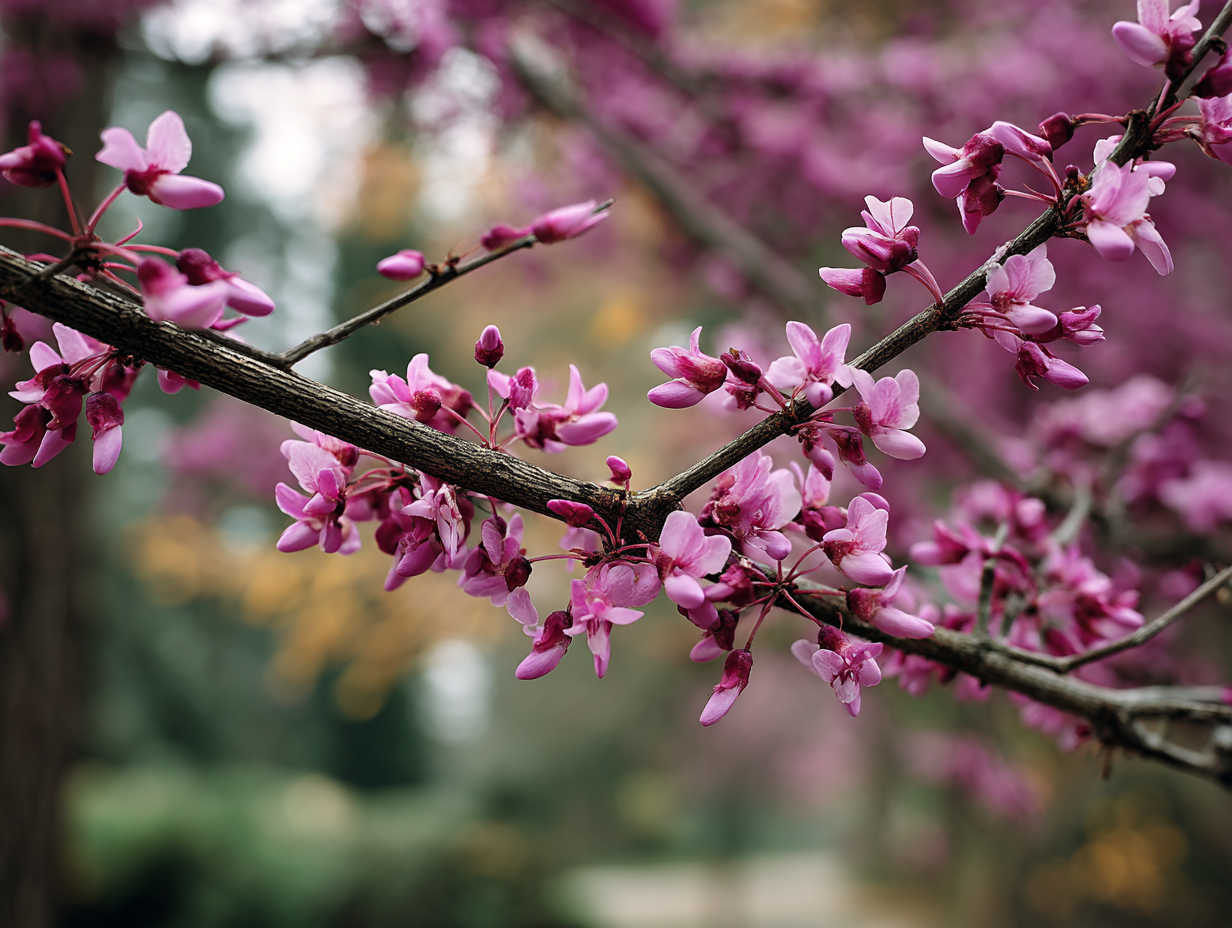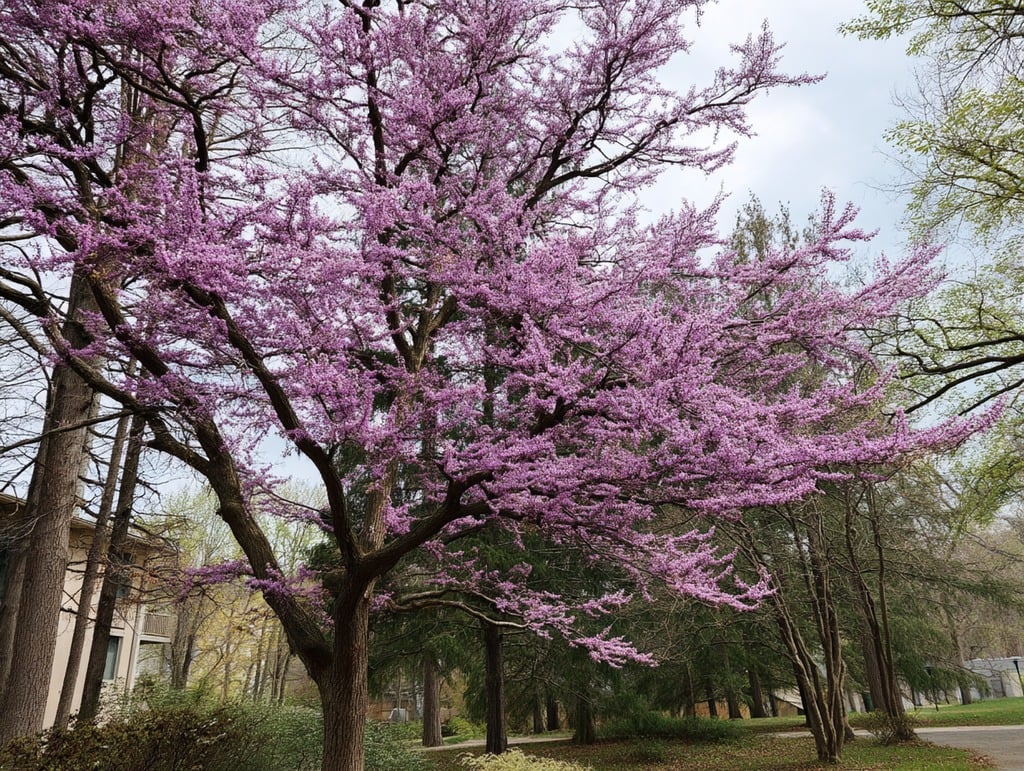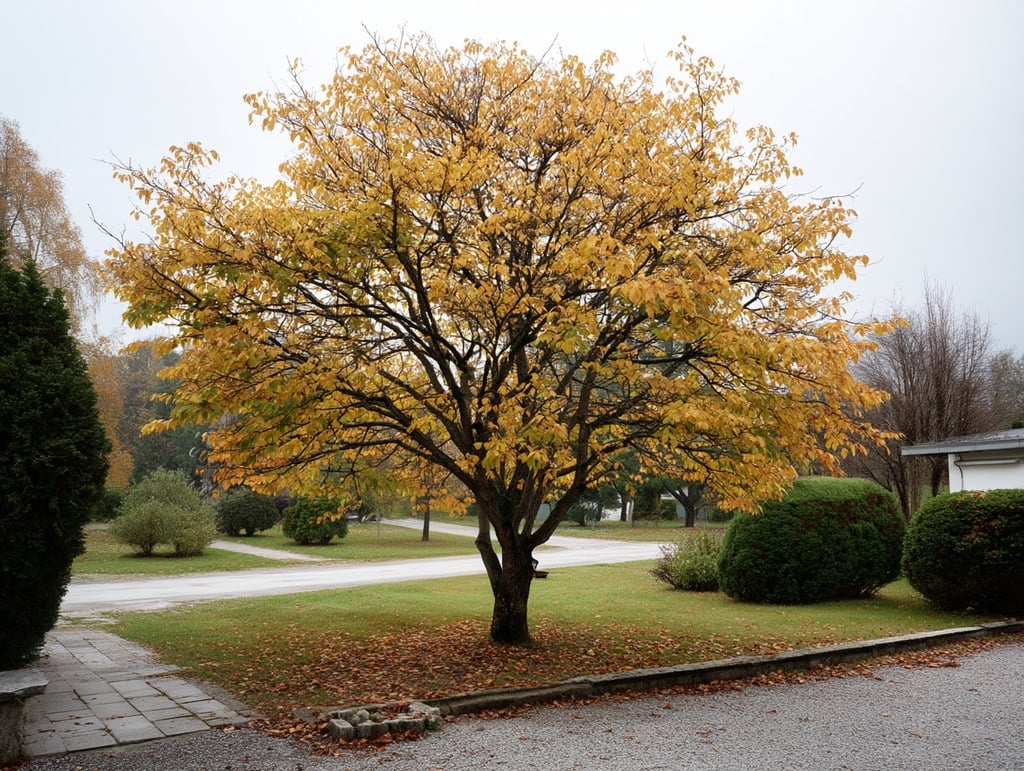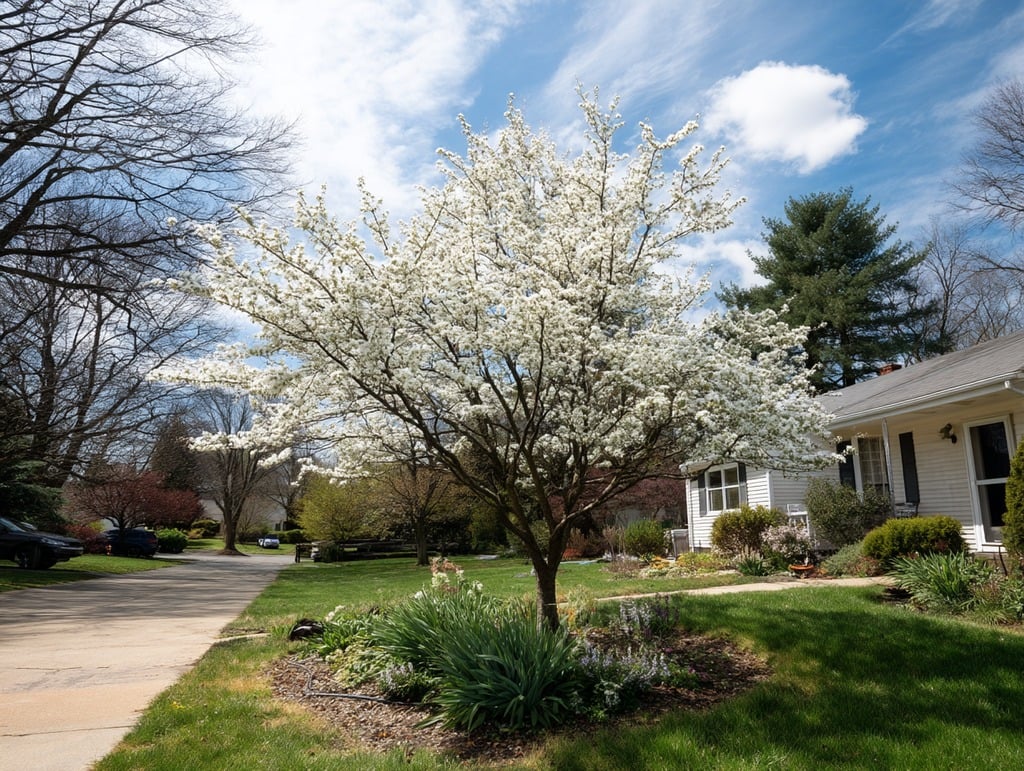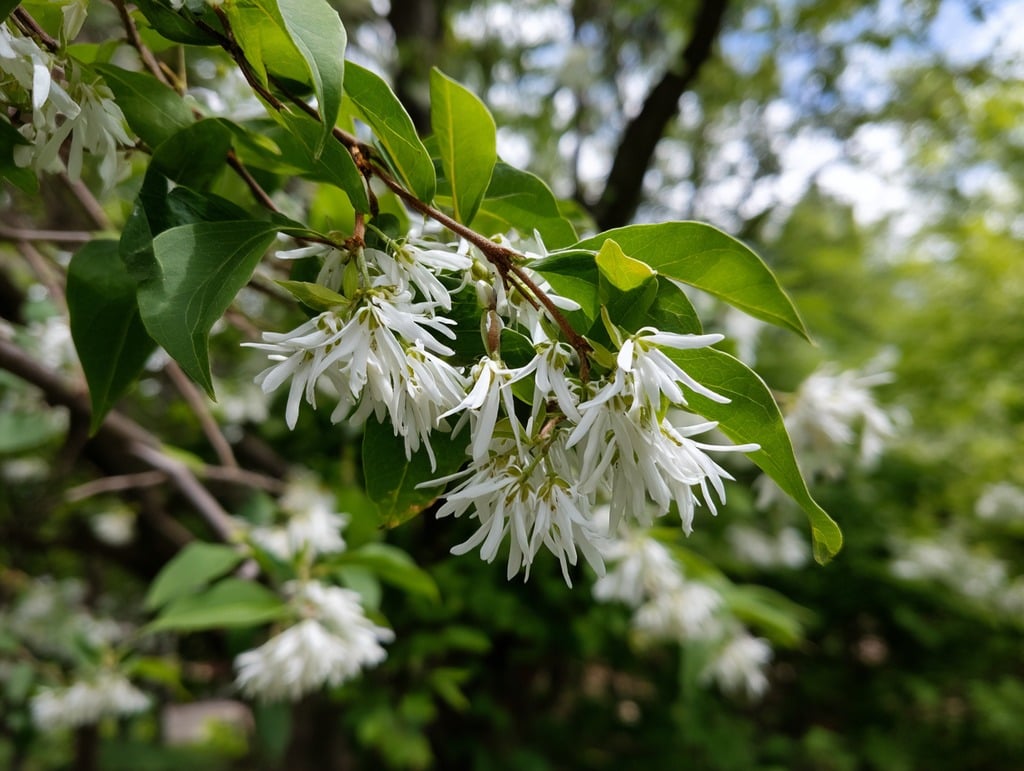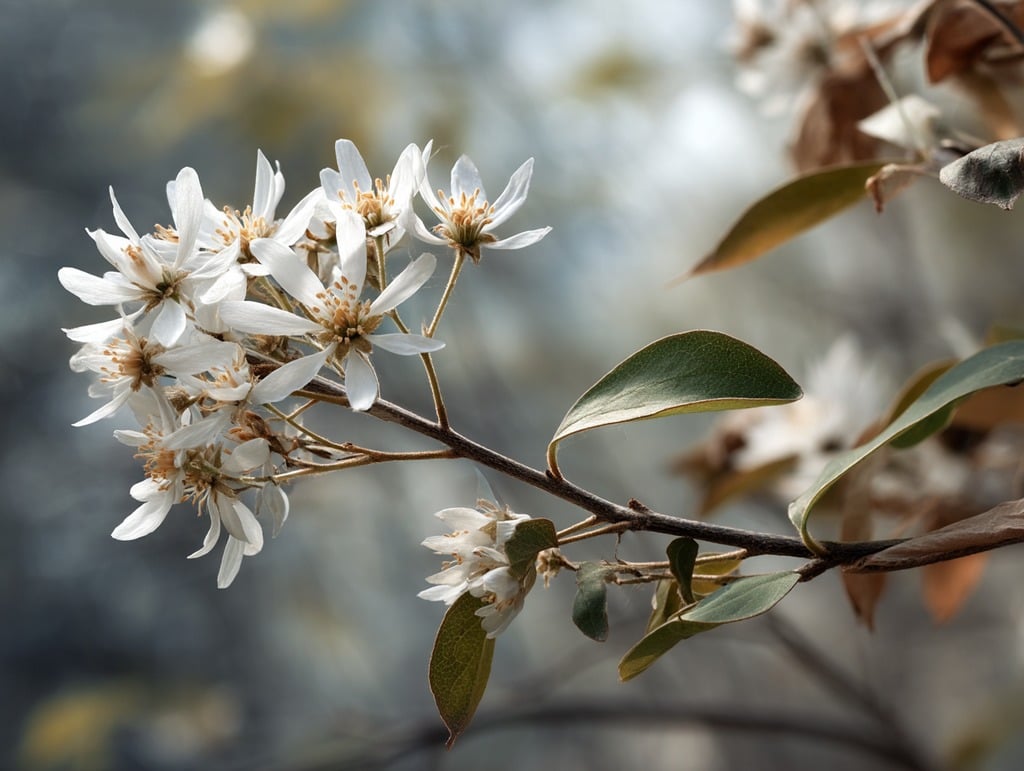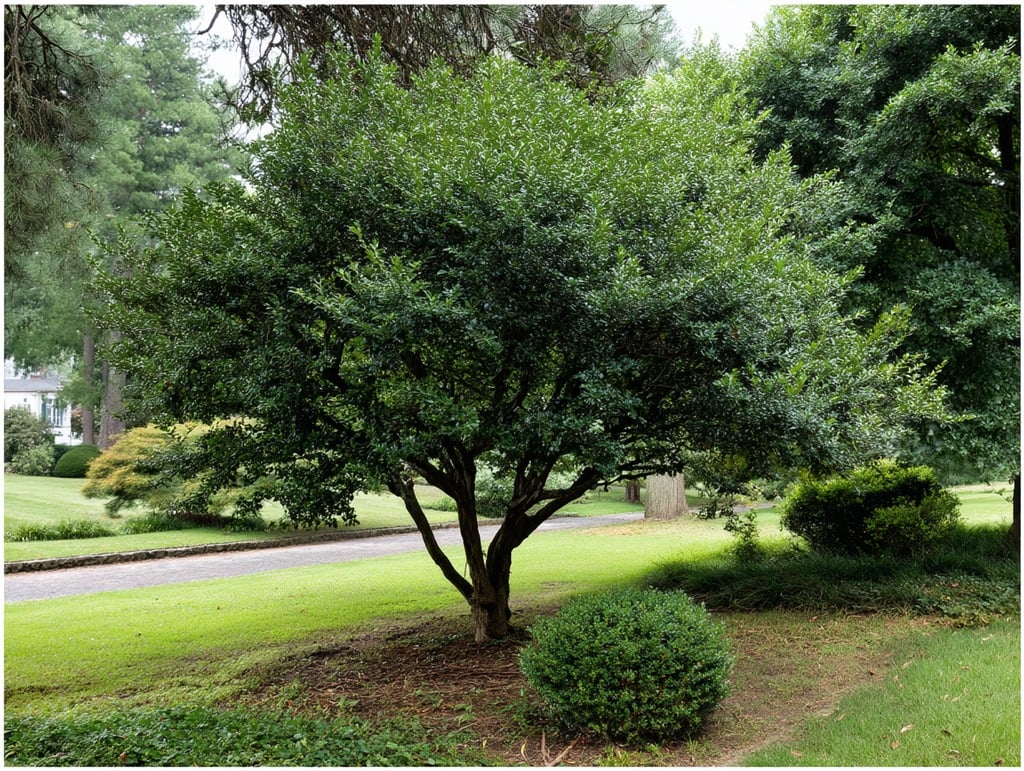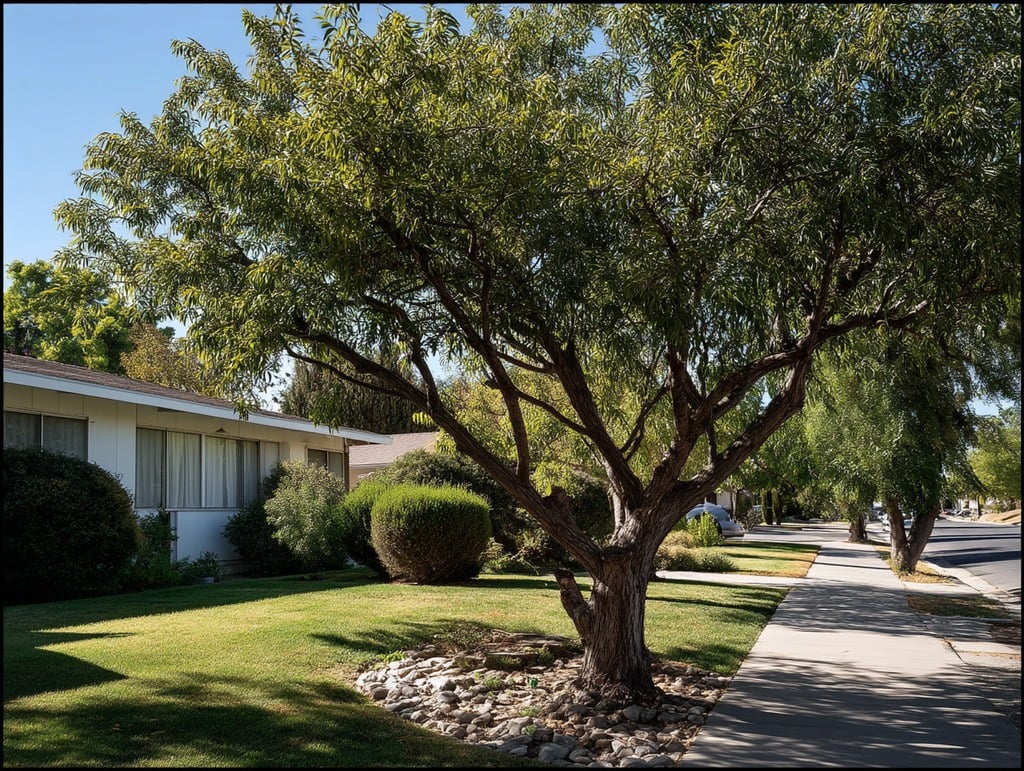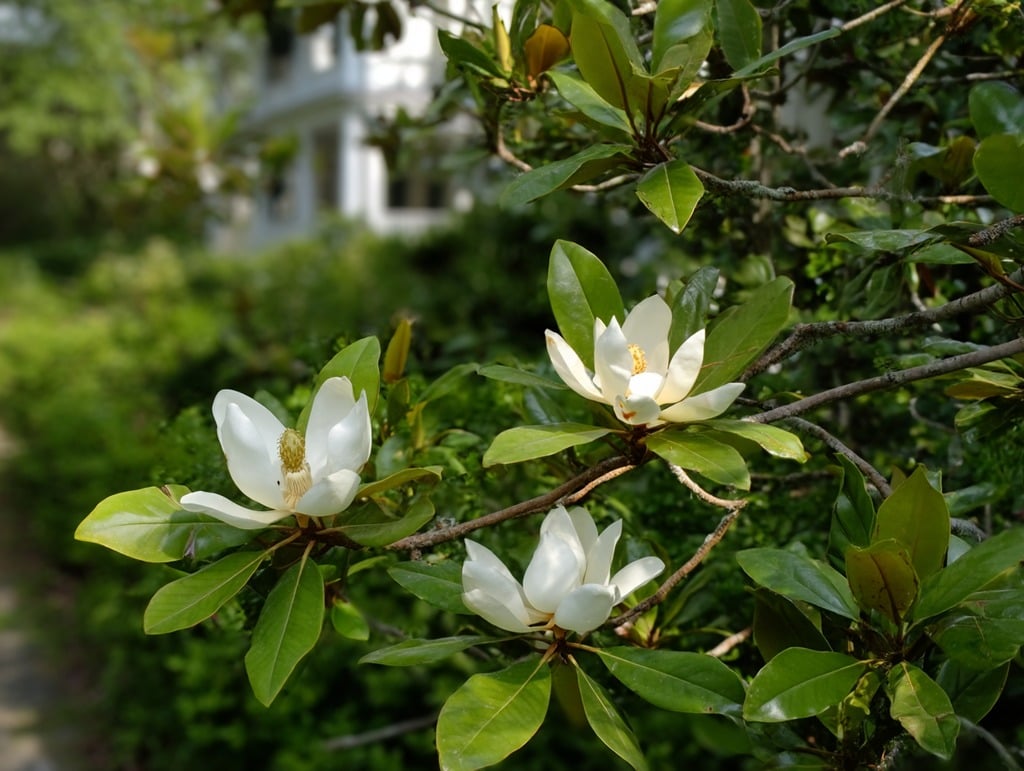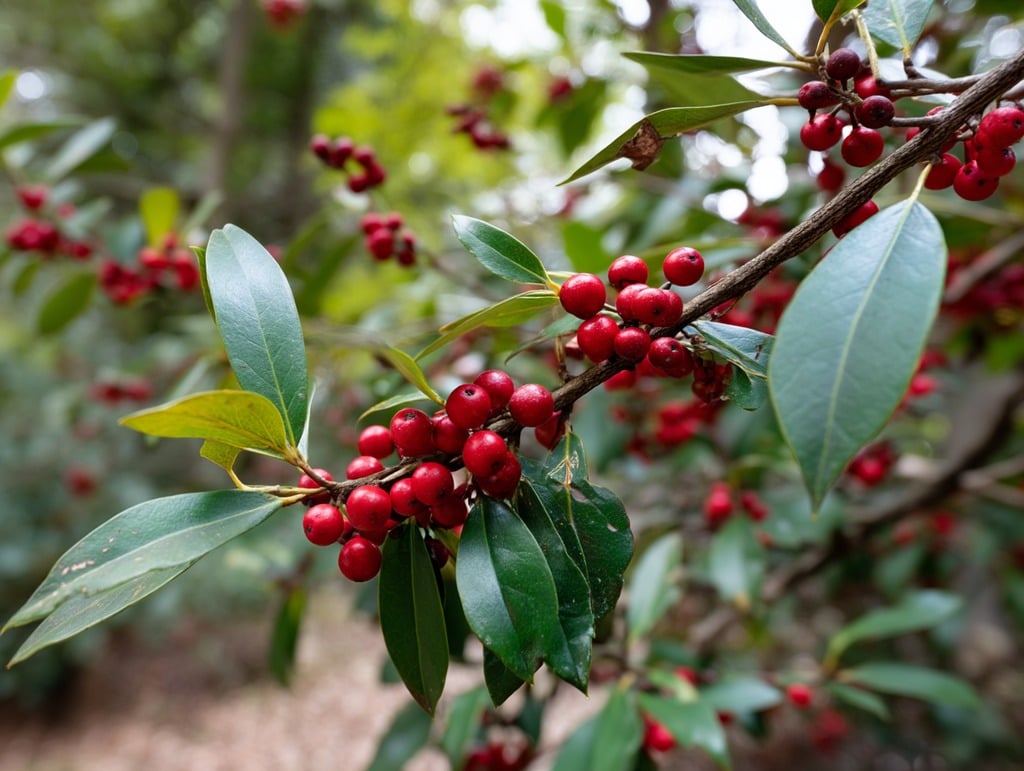In North Carolina, where long, humid summers, clay-heavy soils, and stormy seasons are just part of the gardening equation, planting the right tree is more than a landscaping choice — it’s an investment in your home, your curb appeal, and your local environment.
But before you reach for that fast-growing shade tree or exotic ornamental, there’s something homeowners often overlook: tree roots. Specifically, how invasive they are.
Invasive root systems — the kind you get with species like silver maple, Bradford pear, or some non-native willows — can cause costly problems. Think cracked driveways, lifted sidewalks, clogged sewer lines, and even foundation damage. That’s why planting native trees with noninvasive root systems is such a smart move.
This article is all about the best small native trees for residential yards in North Carolina that won’t wreck your hardscaping or infrastructure. These are beautiful, manageable, and deeply rooted in our region — literally and figuratively.
Why Choose Native Trees?
Native trees have evolved alongside our climate, soil, wildlife, and weather patterns. That means they:
-
Thrive with less water and fertilizer
-
Resist local pests and diseases
-
Support pollinators, birds, and beneficial insects
-
Are often more storm-resilient and adaptable
-
Require less pruning and maintenance
When paired with noninvasive roots, they become the ideal pick for urban and suburban landscapes, especially when planting near patios, walkways, driveways, or foundations.
Let’s take a look at the top native small trees with noninvasive roots perfect for homeowners across Wilmington, Leland, Hampstead, and beyond.
Top Native Trees with Noninvasive Roots for North Carolina Landscapes
1. Eastern Redbud (Cercis canadensis)
Height: 20–25 feet
Spread: 25–30 feet
Root Behavior: Shallow, noninvasive
Sun: Full sun to part shade
Soil: Tolerant of clay and rocky soils
With vibrant pink-lavender blossoms in early spring and heart-shaped leaves through summer, the Eastern Redbud is an iconic native tree — and a favorite among pollinators. It’s ideal as a specimen or front yard accent, offering high visual impact without the root risks. Its roots are nonaggressive, and it pairs beautifully with native shrubs or wildflower gardens.
Bonus: It’s one of the first trees to flower in spring, feeding emerging bees.
2. American Hornbeam (Carpinus caroliniana)
Also known as: Musclewood or Ironwood
Height: 20–30 feet
Spread: 20–25 feet
Root Behavior: Deep, noninvasive
Sun: Part shade to full sun
Soil: Handles wet or compacted soil
This elegant understory tree is native to woodland edges and streambanks throughout North Carolina. Its muscular, fluted gray trunk and golden-orange fall foliage make it a standout in any landscape. The root system is compact and deep, so it’s well-behaved near hard surfaces. Plus, it provides habitat for birds and caterpillars of native butterflies.
Tip: Excellent for rain gardens or low-lying yards with seasonal wetness.
3. Serviceberry (Amelanchier arborea)
Also known as: Shadbush or Juneberry
Height: 15–25 feet
Spread: 15–20 feet
Root Behavior: Nonaggressive, fibrous
Sun: Full sun to part shade
Soil: Moist, well-drained preferred
Serviceberries are all-season superstars. In early spring, they burst with delicate white flowers, followed by edible red-purple berries in summer (loved by birds and humans alike), and finally, a brilliant display of orange and red foliage in fall. Their root systems are well-behaved and easy to work around, making them perfect for foundation plantings or edible landscaping.
Fun Fact: The berries can be used for pies, jams, or simply snacked on right off the tree.
4. Fringe Tree (Chionanthus virginicus)
Height: 12–20 feet
Spread: 10–15 feet
Root Behavior: Noninvasive
Sun: Full sun to part shade
Soil: Adaptable
This small native tree offers incredible fragrant white “fringe” flowers in spring, followed by blue-black fruit (on female trees) that attracts birds. It’s often overlooked but deserves more love in Southern landscapes — especially in small front yards or near patios. The root system is compact and nonaggressive, making it safe for close planting.
Added Bonus: It’s extremely low maintenance and grows well in both rural and urban settings.
5. Downy Serviceberry (Amelanchier arborea var. laevis)
Height: 15–20 feet
Spread: 10–15 feet
Root Behavior: Fibrous, noninvasive
Sun: Full sun to partial shade
Soil: Moist but well-drained
This is a more compact relative of the common Serviceberry with smoother leaves and slightly shinier foliage. It offers the same incredible benefits — four-season beauty, wildlife-friendly berries, and manageable roots — but in a slightly narrower, denser form that works better in tight residential lots.
Landscape Use: Ideal as a privacy buffer or backdrop for a native perennial bed.
6. Yaupon Holly (Ilex vomitoria)
Height: 12–20 feet (tree form)
Spread: 8–12 feet
Root Behavior: Nonaggressive
Sun: Full sun to part shade
Soil: Extremely tolerant — clay, sand, drought, salt
Native to the coastal plain, Yaupon Holly is one of the toughest, most versatile native trees you can plant in southeastern North Carolina. When trained into a tree form, it provides a clean, classic look. Female plants produce bright red berries that birds love, while the root system remains tame and deep. Works well near driveways, sidewalks, or rain gardens.
Cultural Note: Historically used by Native American tribes to brew ceremonial teas.
7. Wax Myrtle (Morella cerifera)
Height: 10–20 feet
Spread: 10–15 feet
Root Behavior: Fibrous and noninvasive
Sun: Full sun to partial shade
Soil: Thrives in sandy, acidic, or coastal soils
Often grown as a large shrub, Wax Myrtle can be pruned into a small multi-stemmed tree. It’s native to coastal and Piedmont regions of NC and is excellent for screening, erosion control, and pollinator habitat. Its aromatic leaves repel pests, and the lightweight root system won’t disrupt structures.
Bonus: Extremely fast-growing and deer-resistant.
8. Sweetbay Magnolia (Magnolia virginiana)
Height: 10–20 feet
Spread: 10–15 feet
Root Behavior: Nonaggressive
Sun: Full sun to part shade
Soil: Prefers moist, acidic soils
Native to NC’s coastal plains and swamps, Sweetbay Magnolia is a smaller, more restrained cousin to the Southern Magnolia. It offers creamy white, lemon-scented flowers in summer and evergreen (or semi-evergreen) foliage in milder parts of the state. Its roots are noninvasive and well-suited for rain gardens or areas near foundations.
Best Feature: Attracts native bees and butterflies, and its seeds are a favorite for birds.
Smart Planting Tips for Tree Success (and Safe Roots)
Even the most well-behaved trees need thoughtful planting. Here’s how to give your native trees the best start:
✅ Give Trees Room to Grow
Don’t crowd trees near walls or hardscapes. Even small ones need room for canopy and roots to breathe. Rule of thumb:
-
Plant at least 8–10 feet from buildings
-
Leave 3–5 feet from sidewalks or patios
-
Avoid planting directly above sewer or irrigation lines
✅ Loosen Clay Soils
If you’re planting in one of NC’s clay-heavy zones (like much of the Piedmont), break up the soil and mix in compost or pine fines to improve drainage and air flow.
✅ Water Smart
Deep, slow watering helps roots grow down, not sideways. Water weekly for the first 1–2 years during dry spells.
✅ Mulch (But Don’t Volcano!)
A 2–3 inch mulch ring helps retain moisture and suppress weeds — but keep it off the trunk to prevent rot and pests.
Why Native Trees Are a Win for Your Yard — and the Planet
Replacing exotic ornamentals with native trees isn’t just an eco-trend — it’s a smart, sustainable move. Native species:
-
Feed pollinators like bees, butterflies, and birds
-
Need less water, fertilizer, and chemical treatments
-
Stand up better to North Carolina’s weather extremes
-
Support biodiversity in suburban and urban spaces
By choosing small native trees with noninvasive roots, you’re protecting your home’s infrastructure while also helping restore a healthier environment for generations to come.
Want to Boost Curb Appeal and Go Native?
Our team at The Cameron Team has been helping homeowners across New Hanover, Brunswick, Pender, and Onslow Counties since 1994. Whether you’re prepping your home for sale, upgrading your landscaping, or just want to make your yard a more wildlife-friendly space, we’re here to help.
Contact us today for expert advice on which updates make the biggest impact — and which plants help you sell smarter, faster, and for more.

